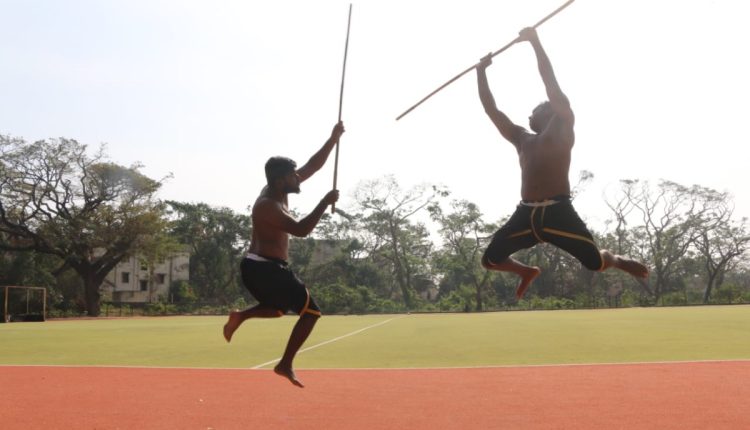A Legacy in Every Move
In the land where culture dances through every form of expression, Tamil Nadu stands proud as the birthplace of Silambam — a traditional martial art that’s as graceful as it is powerful. Rooted in heritage and sharpened by time, Silambam isn’t just a combat form; it’s a discipline, a defense system, and a spiritual journey.
Today, in an age where ancient arts are making bold comebacks, Silambam is once again spinning its staff across the globe, turning eyes and winning hearts.
The Origins: Ancient Warriors and Bamboo Staffs
Silambam’s history reaches far back into the Tamil Sangam era — over 2,000 years ago. Its name is a combination of “silam” (hill) and “bambu” (bamboo), referencing the bamboo staffs that grew in Tamil Nadu’s lush hills and became the signature weapon of this martial art.
Silambam was not just for personal defense — it was a battlefield skill. The Chola, Chera, and Pandya warriors were trained in it. Freedom fighters like Veerapandiya Kattabomman and the Maruthu Brothers also wielded it in their resistance against colonial forces.
The Weapon and the Way: Techniques of Silambam
At the heart of Silambam lies the long bamboo staff, but that’s only the beginning. The art also includes:
-
Double sticks and deer horns
-
Knives and swords
-
Hand-to-hand combat
-
Advanced footwork and spins
What makes Silambam unique is its beautiful fusion of speed, rhythm, and footwork. Movements mimic nature — the agility of animals, the sway of trees, the unpredictability of wind. Every motion is choreographed with precision, yet exudes raw energy.
Silambam also emphasizes:
-
Balance and coordination
-
Mental discipline and focus
-
Flexibility and reflex enhancement
-
Stamina and spiritual awareness
A Global Revival
Thanks to the passionate efforts of modern masters and organizations, Silambam has gained global traction. Bodies like the World Silambam Association and Silambam Asia have helped establish it in over 30 countries. What was once practiced in village grounds and temple courtyards is now displayed at international martial arts festivals and taught in global training centers.
Young learners in Europe, America, and Southeast Asia are now picking up the Tamil staff, discovering not just a martial art but a piece of India’s living history.
Learning Silambam Today
Silambam is taught widely in Tamil Nadu and increasingly across India. Many schools and community centers offer structured programs where kids and adults can train.
You’ll start with basic:
-
Footwork patterns (Kaaladi)
-
Defensive and offensive strikes
-
Spins and swings
-
Strength and stamina conditioning
Advanced practitioners learn weapon transitions, duel choreography, and even stage performances — blending tradition with theatrical flair.
Why You Should Try Silambam
More than just combat, Silambam offers:
Full-body fitness
Confidence and self-defense
Connection to cultural roots
Focus and inner discipline
An art form passed down generations
It’s a powerful way to reconnect with indigenous wisdom and cultural pride, especially in a time when global fitness trends are rediscovering local roots.
Watch It in Action
Want to see Silambam’s grace and speed in motion? This short video gives a glimpse into its mesmerizing movements:
🎬 Learning the Basics of Indian Martial Art Silambam (YouTube)
Final Thoughts: The Stick That Tells a Story
In every spin of the Silambam staff lies a tale — of warriors who defended their soil, of ancestors who lived with rhythm, and of youth who now carry the tradition forward. This is not just an art form; it’s a living heritage, still strong, still relevant, and still spinning.
Whether you’re a martial arts enthusiast, a fitness explorer, or someone in search of cultural reconnection — Silambam welcomes you with open arms and a staff raised high.


Comments are closed.